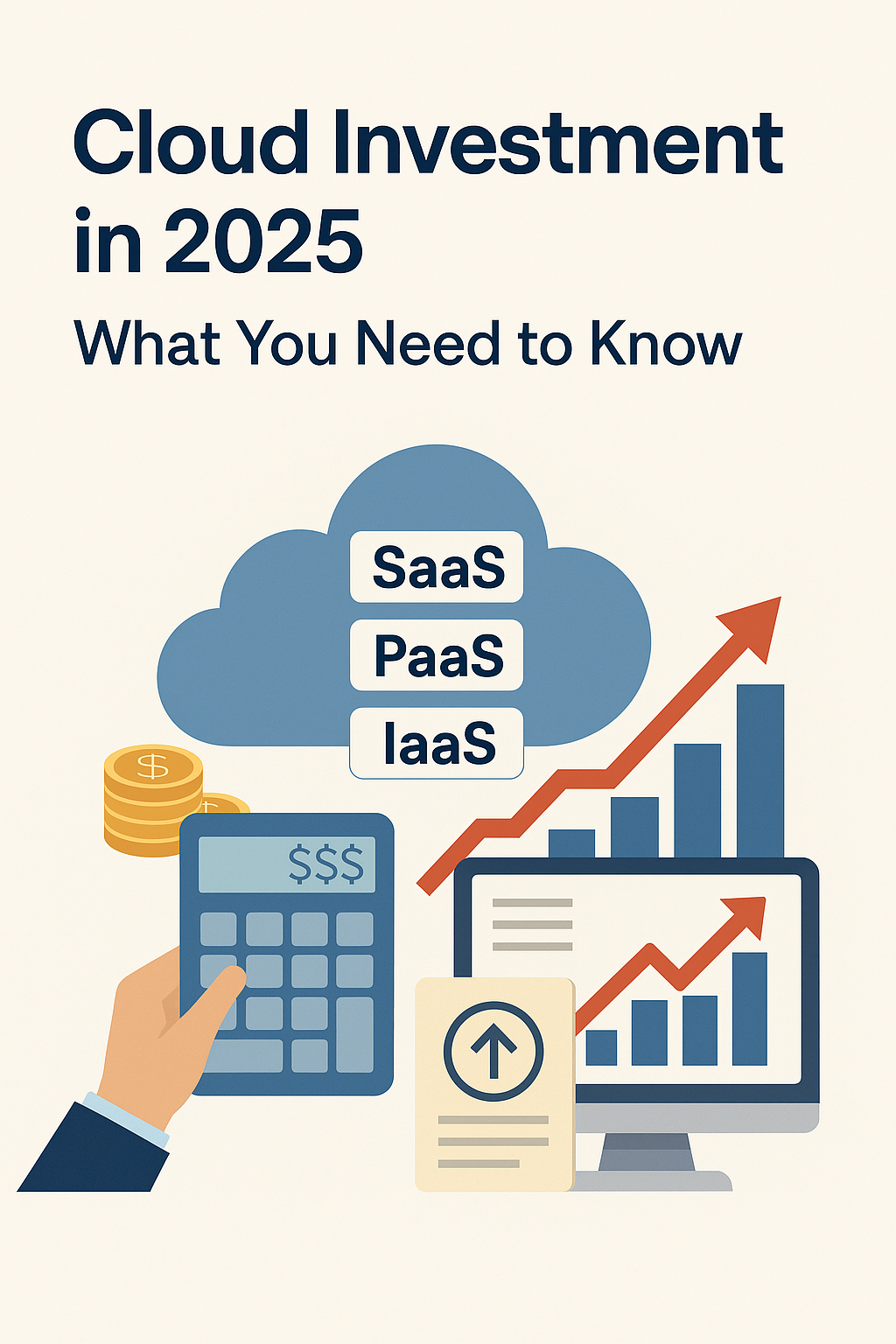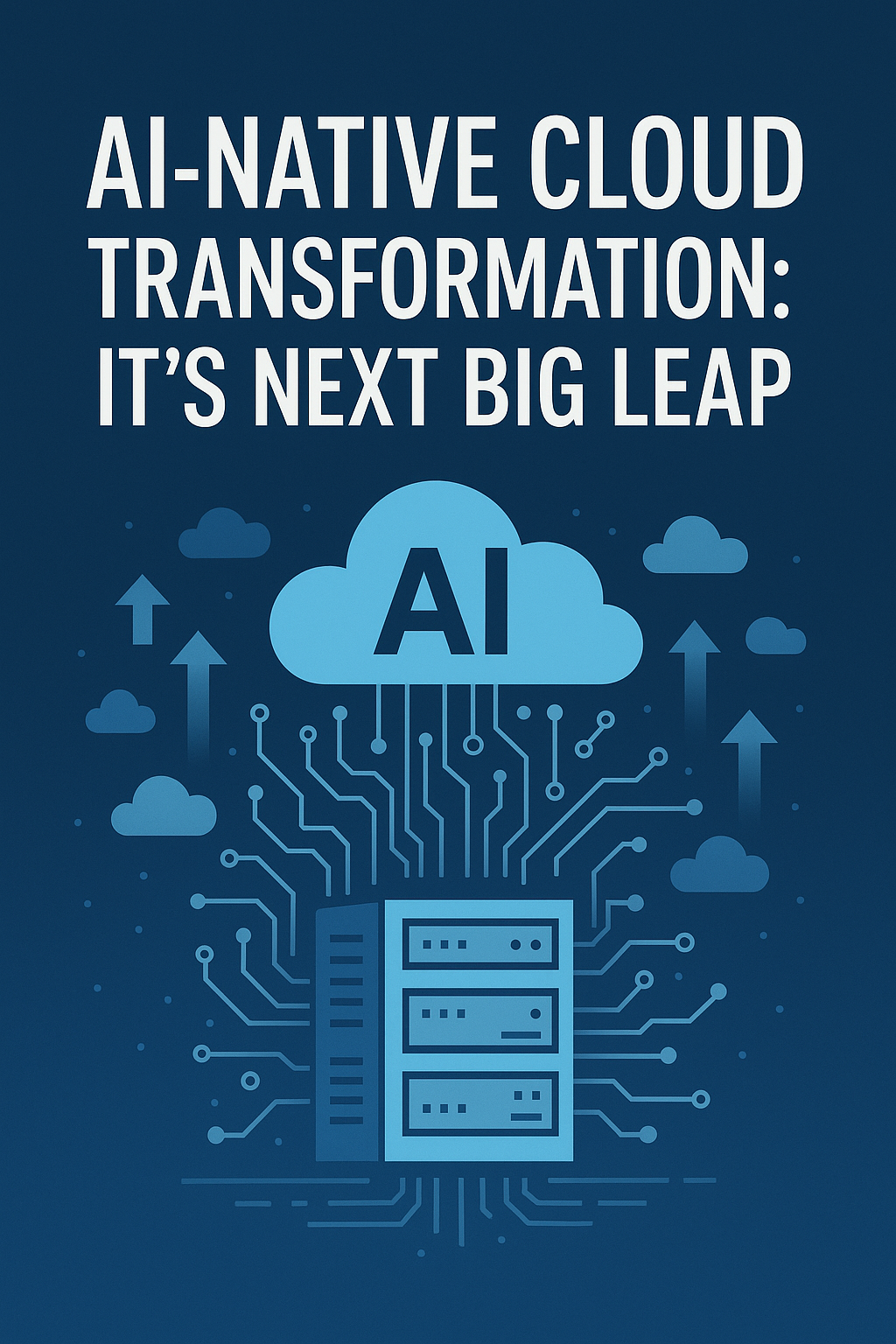Cloud investment in 2025 is no longer a luxury—it’s a necessity. With businesses evolving faster than ever, companies are leaning into cloud software solutions to gain flexibility, speed, and scale. But as cloud adoption becomes the norm, one question remains critical: Is it really worth the investment?
Cloud software and investment decisions are no longer about choosing what’s trendy. They’re about knowing exactly how much value you’re getting for your money—especially with SaaS (Software as a Service), PaaS (Platform as a Service), and IaaS (Infrastructure as a Service) dominating the tech space.
In this guide, we’ll explore real-world pricing breakdowns, cost calculators, ROI analysis, and practical strategies. By the end, you’ll have clarity not just on the cost, but also on whether that cost is worth it.
1. Cloud Software and Investment Models: What You’re Really Paying For
Cloud software and investment conversations often begin with one thing: pricing. And yet, the biggest mistake businesses make is assuming all cloud models follow the same billing structure. They don’t.
- SaaS charges per user, per month. It’s predictable but becomes expensive at scale.
- PaaS charges based on development activity and platform usage. It gives flexibility but needs careful planning.
- IaaS charges based on compute, storage, and bandwidth use. It’s highly customizable, but the costs can spiral fast.
While SaaS tools like HubSpot may start at $50/month, IaaS from AWS or Azure can vary from $100 to thousands depending on configuration. You’re not just buying a product—you’re buying a promise of performance.
2. Cloud Investment and Real-World Cost Calculators
Cloud investment requires more than just guesswork. Thankfully, providers have created powerful cost calculators to help you forecast expenses:
- AWS Pricing Calculator
- Google Cloud Platform Pricing Tool
- Microsoft Azure Calculator
These tools simulate monthly and annual bills based on your resource configuration. But here’s the catch: you need to input realistic usage. For example, if your startup plans to serve 10,000 monthly users with frequent database requests, you’ll need more compute power and bandwidth than a small blog.
What makes these calculators powerful is that they help you avoid over-provisioning (wasting money) or under-provisioning (hurting performance).
3. Cloud Investment and ROI: More Than Just Cost Saving
Cloud investment doesn’t only save money—it makes money. That’s the real magic.
Many executives still see cloud software as a cost center. But think about this: when you automate manual processes with SaaS, or deploy code faster through PaaS, or eliminate physical server costs via IaaS—you’re generating value.
A McKinsey report noted that companies using hybrid cloud strategies saw a 15–20% increase in operational efficiency. That’s not just savings. That’s revenue enablement.
So, before you judge the price tag, ask: What business impact will this unlock?
4. Cloud Software and Investment Efficiency: Avoiding the Hidden Costs
Cloud software and investment ROI often gets derailed by hidden costs. And they’re everywhere.
You’ll see them in:
- Data egress fees (sending data out of cloud platforms)
- API overages
- 24/7 support charges
- Upgrades and additional modules
Let’s say your SaaS platform charges $100/month. But once you enable CRM add-ons and API access, it doubles. Or maybe your PaaS provider gives you 10 GB free database usage—but your app spikes to 20 GB during launch. Costs rise fast.
That’s why real budgeting means accounting for everything, not just what’s advertised.
5. Cloud Investment in SaaS: Scaling Without Sinking
Cloud investment in SaaS looks simple on paper—fixed pricing, plug-and-play systems. But scaling teams is where costs grow fast.
For instance, Slack charges around $8 per user/month. For a 50-person team, that’s $400/month. But as you grow to 100, 200, or 500 users, your SaaS bill alone can top $4,000/month—even before adding integrations like Google Workspace or Notion.
Here’s the solution: choose SaaS providers that offer tiered pricing or custom enterprise packages as you scale. Also, review user activity. If 20% of your team never logs in, you’re paying for nothing.

6. Cloud Investment in PaaS: Developer-Friendly but Budget-Critical
Cloud investment in PaaS enables developers to build and launch applications without managing infrastructure. Sounds ideal, right?
But here’s the tricky part: PaaS platforms like Heroku or Firebase often charge based on:
- Runtime hours
- Database size
- Function calls
- Serverless triggers
That means unpredictable bills unless you tightly monitor your usage.
Want to avoid surprises? Set usage limits, implement monitoring tools, and choose serverless architectures when applicable. Serverless means you pay only when code runs—not for idle time.
7. Cloud Investment in IaaS: Infrastructure Power With Price Complexity
Cloud investment in IaaS offers full infrastructure control. You can build your tech stack from the ground up, choosing everything from your operating system to your bandwidth plan.
But that power comes with complexity.
Amazon EC2, for instance, charges based on instance type (memory/CPU), region (US vs Asia), and duration (hourly vs reserved).
To reduce costs:
- Use Reserved Instances for predictable workloads (up to 75% cheaper)
- Use Spot Instances for flexible, short-term tasks
- Move infrequently accessed data to cold storage
Yes, IaaS can be pricey. But with careful planning, it can also be your most powerful tool.
8. Mix SaaS, PaaS, and IaaS: The Smart Cloud Investment Strategy
Who says you need to pick just one?
Many modern businesses use a hybrid cloud strategy: SaaS for collaboration, PaaS for app development, and IaaS for infrastructure control.
Example setup:
- SaaS: Google Workspace + HubSpot
- PaaS: Firebase for mobile backend
- IaaS: AWS EC2 for server hosting
This mix gives you cost control, speed, and scalability. Just make sure the platforms integrate well. Otherwise, you risk building data silos and duplicate billing systems.
9. Monitoring Your Cloud Investment with Analytics Tools
Cloud software and investment should never be set-and-forget.
Use cost visibility platforms like:
- CloudHealth
- Datadog
- AWS Cost Explorer
- Azure Cost Management
These tools break down spending by resource type, department, or app. They also help set budget alerts, track spikes, and identify waste.
Imagine realizing that 30% of your compute usage happens on weekends—when no one’s using the app. Now imagine how much you’ll save by auto-scaling those instances down. That’s smart investment.
10. Future-Proofing Your Cloud Investment in 2025 and Beyond
Cloud software and investment strategies aren’t static. In 2025, you’ll see:
- More AI-powered cost management tools
- Flexible billing models based on real-time usage
- Industry-specific cloud bundles (e.g., FinTech SaaS or Health PaaS)
- Renewable-energy cloud data centers
That means your strategy must evolve too.
The key takeaway? Choose platforms that scale with you, vendors that are transparent, and tools that support analytics. The cloud isn’t just a tool—it’s a living ecosystem. Your investment in it should be dynamic, strategic, and always ROI-driven.
Final Thoughts: Cloud Software and Investment—SaaS, PaaS, and IaaS in Perspective
Cloud software and investment in 2025 isn’t about one-size-fits-all solutions. It’s about understanding your needs, projecting your growth, and choosing a mix of SaaS, PaaS, and IaaS that aligns with your vision.
So, is it worth the investment?
If you choose wisely, monitor consistently, and plan ahead—yes. The cloud won’t just support your operations. It will amplify them.
But if you dive in blindly? Costs can spiral, integrations can fail, and your ROI might vanish. Make your move with clarity.
Because in 2025, smart cloud investment isn’t optional—it’s foundational.




